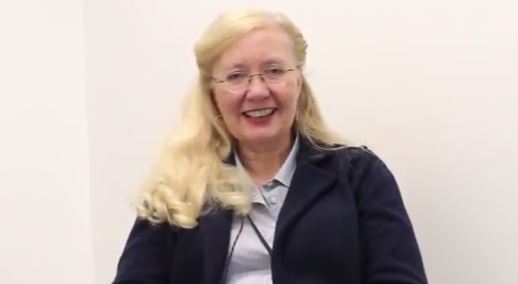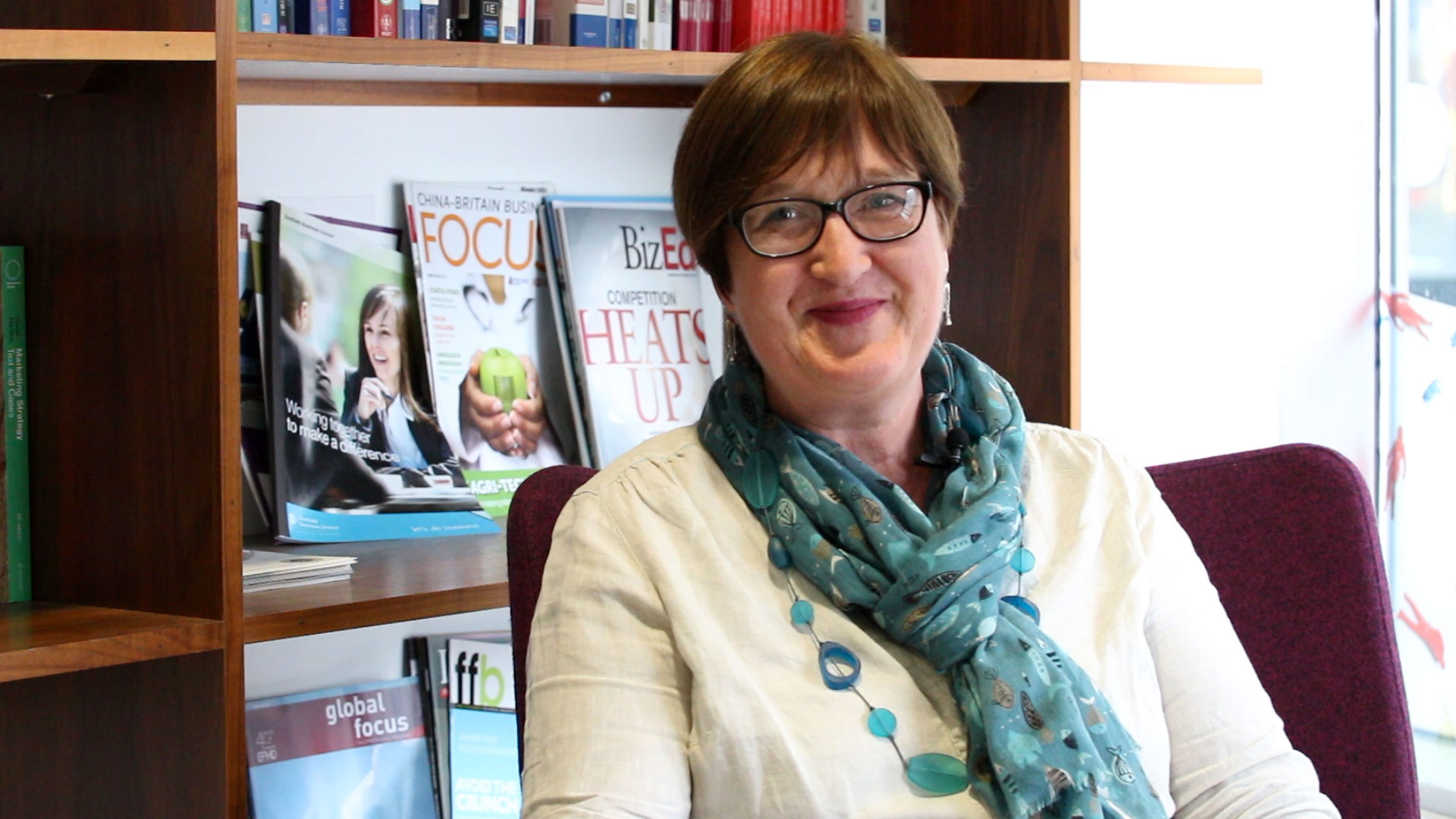Elizabeth Lye, YouTube and Blogging for Assessment
Second year students are notoriously difficult to enthuse in my experience. Yet they need to find placements and produce evidence to support their applications.
I teach Customer Psychology and Culture to BA Marketing Communications and Advertising students. We discuss challenging issues: Should advertising be banned? How can drug users be persuaded to stop using banned substances?
To keep engagement high my colleague Dr Paul Johnston and I devise assessments that reflect the reality of the marketing profession. Groups produce a 5 minute YouTube video that persuades a specific audience to stop taking drugs. Formative presentations prepare material. The final video should apply theories learned in the module into practice and be persuasive.
Alongside this students write 8 individual blog posts over several weeks. These explore the theories in detail and include reflection on their own development and learning. There is a workshop about half way through to offer formative feedback.
Students love the flexibility of the blogs although some still submit one post for the final deadline! The video challenges groups and some people were worried about the technical aspects. Equipment can be loaned from the learning centre which also has editing suites so there were no problems. Everyone learned from the experience – producing it for placement interviews and securing jobs! There is creativity, project management and explicit theory covered in the blog. We do not mark for cinematography but award marks for imagination and persuasion in both video and blogs. This year I will reduce the number of blog posts and cut the time of video to three minutes to ensure realism and improve the management of the process.

Susan Fairest and Jill Machon, using video presentations for assessment
Susan Fairest and Jill Machon decided to use video assessment for a piece of group work to make it more exciting for the students. The raison d’etre for choosing this method was that “At Level 5 they get a lot of group work and they really don’t like it, and it’s all the same.” Sue Fairest
Using video created variety and also gave students practice in presenting to camera; a skill increasingly required for recruitment, Skype interviews and creating content for industry.
Students benefited as they were able to have multiple attempts at creating the perfect presentation. It allowed them to do this in a less stressful environment away from lecturers.
Using video allowed for creativity in the presentation of the content. One group used a green screen to place themselves on the production line at Jaguar Land Rover.
The benefits for staff were that they no longer had hours of classroom-based assessment; they could choose how and where they watched the videos.
The challenges were several. Students were afraid, very afraid.
- There was a fear of YouTube to be overcome, and there was a cultural aspect to this as YouTube is blocked in China.
- The solution to YouTube fear was the use of SHU individual student YouTube accounts (yes, they all have one!), and controlling the privacy settings on their videos so they weren’t ‘public’. Only the group and the tutor had the link.
- There was a fear of using video technology. Arguably, students haven’t chosen to learn video filming and editing skills, should we be ‘forcing’ them to do so? However, the same argument could have been made years ago about PowerPoint… Although they were not marked on their video production skills, but on the content, they were still required to engage with video technology.
- The solution was to choose a video technology that took only a few minutes to learn. YouTube Capture is extremely straightforward in that you film, edit and upload to YouTube all within the app. Excellent YouTube Capture step-by-step guides and short video tutorials are available online: https://support.google.com/youtube/answer/2857835?hl=en-GB
- The fear of visibility. Students appear happy to have their selfie photos and videos plastered over social media, but were shy about appearing in an assessment.
- The solution to this was autocratic control – they had no choice; it was part of the assessment requirement.
After overcoming all the obstacles, the feeling was ‘Yeah, glad we did that’.





